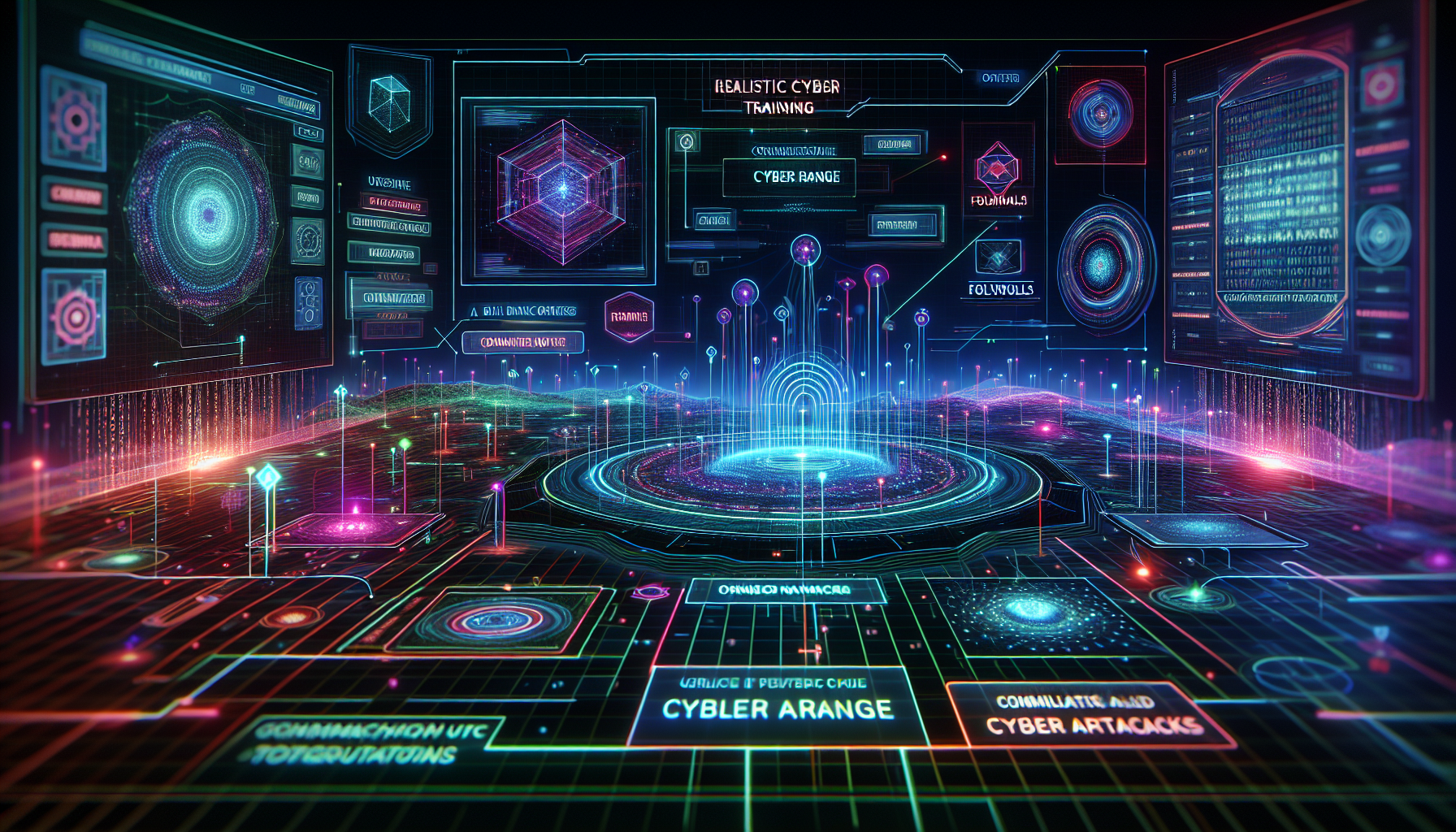Utilizing Cyber Range for Realistic Cybersecurity Training and Simulation
Cybersecurity training and preparedness are more crucial than ever in today’s digital landscape, where cyber threats are steadily increasing in both sophistication and frequency. Organizations, from government entities to private corporations, must continuously enhance their cyber defense mechanisms. One effective way to ensure cyber resilience is through the use of a Cyber Range. This blog post explores the concept of Cyber Range, its benefits, and how it can be leveraged for realistic cybersecurity training and simulation.
What is a Cyber Range?
A Cyber Range is an interactive, simulated platform that replicates an IT environment. It includes hardware, software, and network configurations. This virtual training ground is designed to facilitate realistic training scenarios, enable practice against complex cyber threats, and improve cyber incident response without risking the actual operational network.
Key Features of Cyber Range:
- Simulated Security Incidents: An array of real-world and theoretical threats to train individuals on how to respond effectively.
- Hands-on Experience: Participants can engage with various cyber tools and tactics in a controlled, safe environment.
- Performance Tracking: Facilitates the assessment of a participant’s skills and improvements over time.
- Flexibility: Customizable scenarios according to organizational needs and current cyber threat landscapes.
- Integration Capability: Can be integrated with existing organizational training protocols for a comprehensive training approach.
Benefits of Using a Cyber Range
Utilizing a Cyber Range comes with multiple advantages which directly enhance the overall security posture of an organization. Here’s how:
- Enhanced Practical Skills: Provides a practical, hands-on approach to learning that helps bridge the gap between theoretical knowledge and real-world application.
- Reduced Risk: Allows for testing and training on critical security incidents without endangering the actual network or business operations.
- Crisis Management: Trains staff on both the technical and decision-making skills needed during high-stress situations.
- Collaborative Training: Enables team-based scenarios that can foster better communication and collaboration among the cybersecurity team.
- Regulatory Compliance: Helps ensure compliance with industry standards and security policies by demonstrating the ability to handle various cyber threats and scenarios.
Implementing a Cyber Range
Steps to Implement a Cyber Range:
- Assessment of Needs: Understand and evaluate the specific security needs and threat landscape of your organization.
- Design the Curriculum: Tailor training scenarios to match real-world threats relevant to the organization.
- Choose the Right Platform: Select a Cyber Range platform that provides the necessary features such as scalability, reliability, and user accessibility.
- Training and Simulation: Regularly conduct training sessions that simulate different types of cyber attacks to enhance the ability of the cybersecurity team.
- Review and Feedback: After each training session, conduct a thorough review and incorporate feedback to improve future sessions.
Conclusion
In conclusion, Cyber Ranges offer an invaluable tool for realistic, hands-on cybersecurity training and simulation. They provide a safe environment to tackle real-world cyber challenges, enhance technical skills under pressure, and improve team collaboration. By investing in a Cyber Range, organizations can significantly strengthen their cybersecurity defenses and better prepare their teams for actual cyber threats. Embracing this advanced tool is a proactive step towards a more secure and resilient digital infrastructure.




